From a tired 80's commercial asset to highly sustainable inner-city living spaces.
One Three Five Victoria showcases a stunning green office-to-apartment building conversion.
Essentials
What: Te Whanganui-a-Tara Wellington's first Build-to-rent building; 11 levels; gross floor area 10,000 square meters
Details: 108 apartments; one-bedroom units (50 square metres); two-bedroom units (75 square metres); 10-year leases offered; average to date four years
Configuration: ground floor retail and café; first floor car and bike parking; apartments over nine levels; top floor - future resident facilities
Occupancy: 360 people at capacity
Address: 135 Victoria Street, Te Whanganui-a-Tara Wellington
Project certification: 7 Homestar built rating v5 (June 2025)
Project Snapshot
Owner/developer: 135 Victoria Street WLG Ltd, subsidiary of Seti Holdings Ltd, sister company to Cheops Holdings Ltd (development) and McKee Fehl (construction)
Architect: Designgroup Stapleton Elliott
Homestar assessor: Hendrik Prins, services project manager, McKee Fehl
Main contractor: McKee Fehl
Project timeline: Eagle Technology House (circa 1989) purchased March 2021; planning commenced January 2022; construction commenced February 2023; completed January 2025
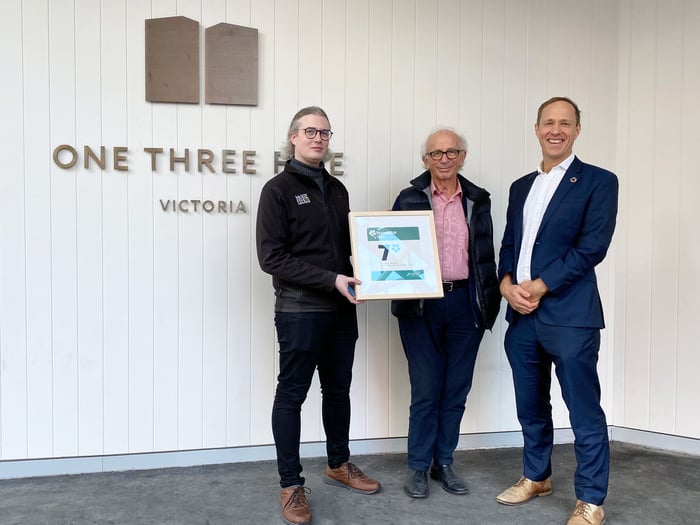

An aging office block, 50 percent tenanted, with outmoded services and a questionable seismic rating may sound problematic.
But for its new owners it offered dynamic starting blocks for Wellington’s first Build-to-Rent development in the buzzing Cuba Street Precinct.
“We identified it as a conversion target during due diligence because of its location, large floor plates – shallow enough to meet H1 requirements – and the embedded value in its existing structure,” says McKee Fehl Chief Executive, Jonathan Tomkins.
With a reputation for smart green-thinking and bringing good change to Wellington’s built landscape, its developers embarked on a complex conversion mission.
Key elements included:
-
a major renovation of the office building
-
reuse of the existing strengthened building structure; significant retention of the existing building core and stairs
-
gutting, modernisation and installation of fully non-combustible, fire-rated cladding (a requirement of conversion from commercial to residential)
-
a full façade upgrade
-
restrengthened to 100 percent NBS (yellow book)
-
BNZ sustainability linked loan; 2 basis points; potential interest rate savings

DGSE project architect, Manasawinee Vatatiyaporn, says the project’s design brief was driven by two core concepts:
-
adaptive reuse as a sustainable development strategy
-
an opportunity to celebrate Wellington’s unique urban character
“The rigidity of the former commercial structure was reimagined with a distinct, eclectic residential language including a more organic streetscape presence propelled by shrouded windows, strategic banding and layered parapets.”
Manasawinee says Homestar enhanced the design process and from the outset it framed thinking around thermal performance, daylighting and occupant health.
-
window sizing and placement were modelled in relation to Homestar thermal and daylight criteria, influencing the overall façade composition
-
Homestar guided product selections of low-VOC materials (9.75 scored for sustainable materials), water-efficient fixtures and mechanical ventilation systems - ensuring a healthier living environment for residents
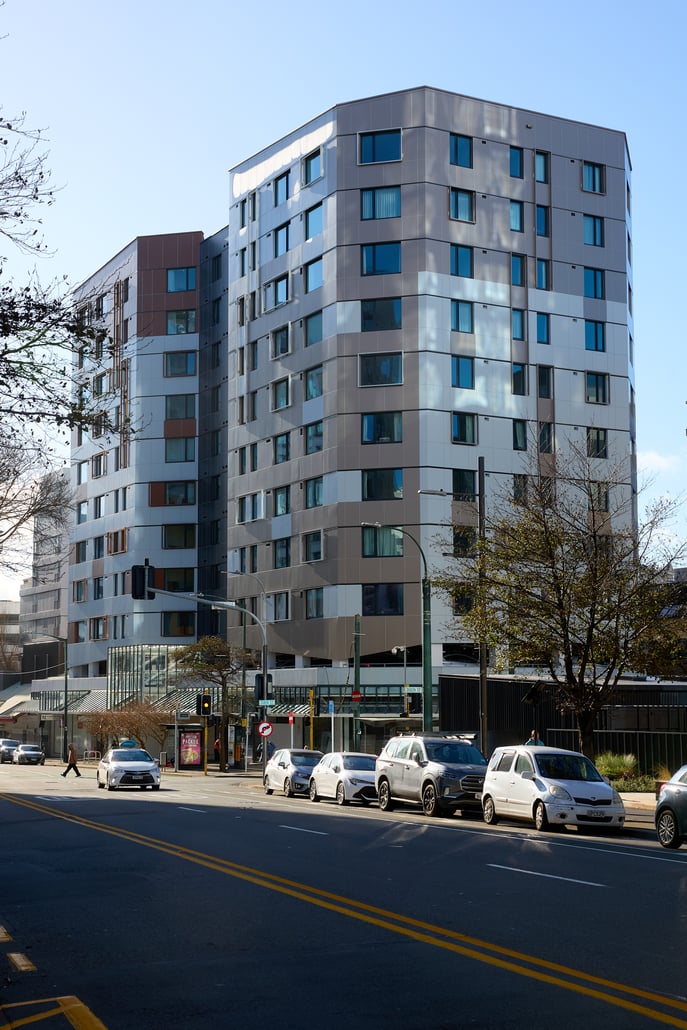
But it wasn’t all plain sailing – and the conversion posed both spatial and technical challenges:
-
the existing structural grid was reworked to ensure efficient unit layouts maximised natural light and ventilation
-
the original floor-to-floor heights required creative detailing to accommodate services and fire separations
-
upgrading acoustic and thermal performance while maintaining the integrity of the existing frame
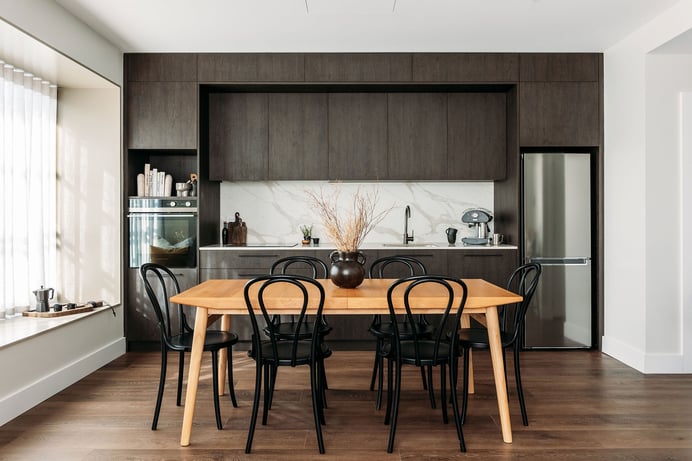
Homestar assessor, Hendrik Prins, says a standout feature of the project was the developer’s “total commitment” to deliver a large-scale apartment building with a 7 Homestar rating…
“Working within the limitations imposed by an existing structure is always challenging but especially when changing use and introducing a 7 Homestar target.”
Hendrik says construction challenges included:
-
a very restricted central city site causing major logistical pressures
-
new building systems with unique complexities - including aspects of the façade and a new vertically standing branch controller (heating/cooling system) not used in New Zealand before
- a fast-tracked build programme – from 18 to 12 months - to get the apartments available for leasing
He says the project team’s push for success and out-of-the-box thinking were pivotal.
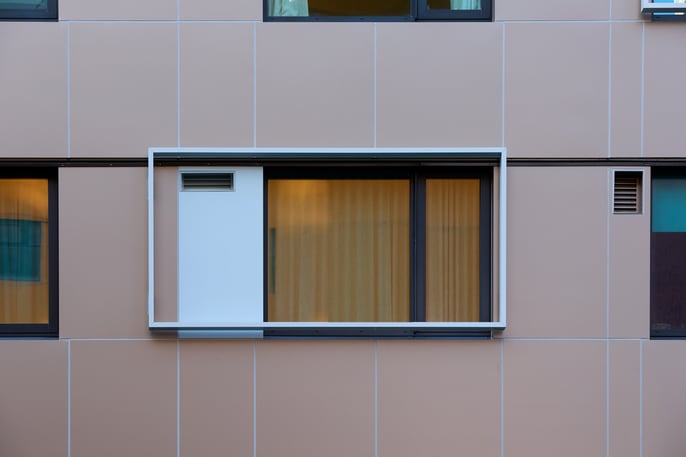
“A lot of existing commercial building stock in the country has reached the end of its economic life and needs significant investment to attract commercial tenants – which is uneconomic. But many of these buildings are ripe for residential conversion.”
“The Build-to-Rent model allows a long-term asset creation that makes upfront expenditure viable including the additional investment in sustainability and ‘quality of living’ exemplified in this project. We believe it’s going to inspire others.”
One Three Five Victoria’s exciting green features include:
- structural reuse (the project scored full points on the embodied carbon reduction - a 51 percent reduction versus a standard build)
- high performing thermal envelope: new facade has a continuous external insulation layer; nonconductive facade clips used to further reduce thermal bridging
- apartments have self-contained ventilation with a heat recovery system plus an indoor unit connected to the floor’s centralised heating/cooling heat pump system
- systems geared to the whole lifetime of the building: durability; maintainability; end of life replacement
-
achieved 36 Lifemark 4 certified apartments; providing accessibility/flexibility for residents as needs change
- densifying an existing site in a well-connected, walkable location; reducing private vehicles; supporting sustainable lifestyles
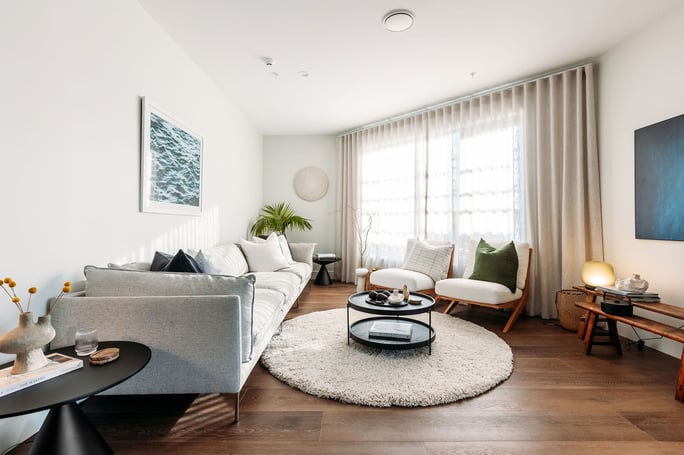
Hendrik says “health, comfort and wellbeing are words that get thrown around but they’re incredibly meaningful and mustn’t be compromised.”
The high-quality apartments are warm in winter, don’t overheat in summer, ventilation keeps the spaces fresh, and the improved façade reduces inner-city noise.
“Flexible 10-year leases, certainty of service, allowance of pets and quality support creates a sense of home and community.”
DGSE architect, Manasawinee Vatatiyaporn, says One Three Five Victoria stands as a clear example of how adaptive reuse can offer both environmental and urban regeneration benefits.
“Instead of contributing to demolition waste or urban sprawl, it’s unlocked new residential potential in the heart of the city. It proves with creative thinking and sustainable intent, even tired commercial buildings can become vibrant, future-focused places to live.”
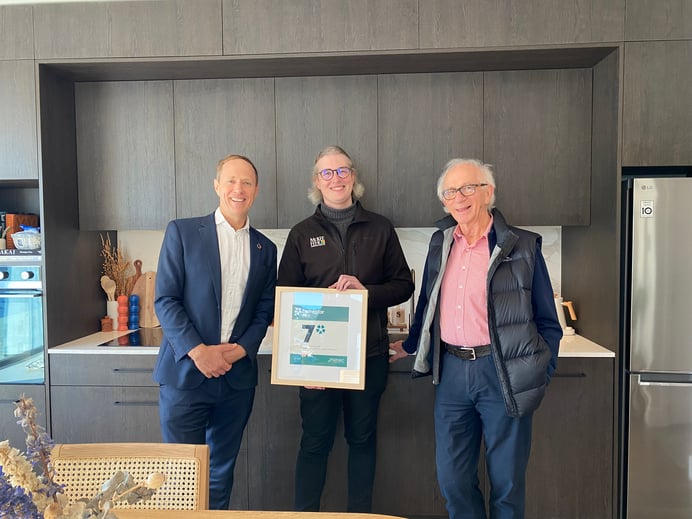
Photo credits
Exterior Photography: Technoform
Interior Photography: Anna Briggs
